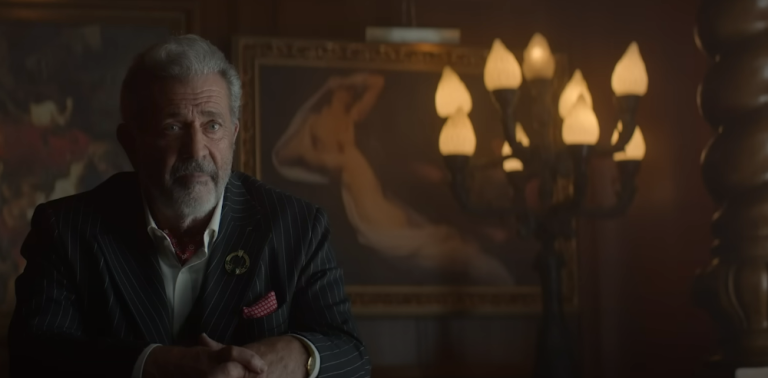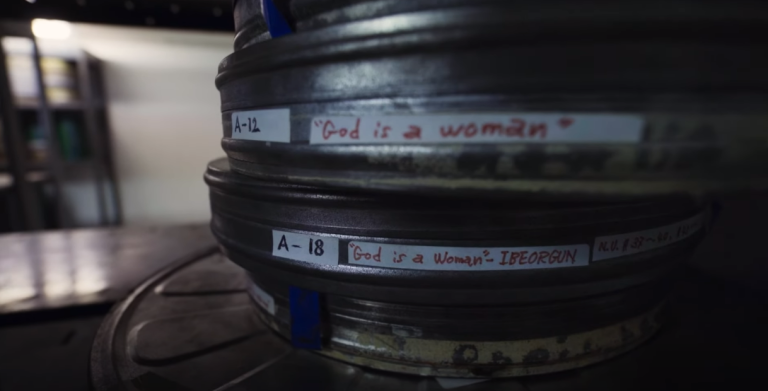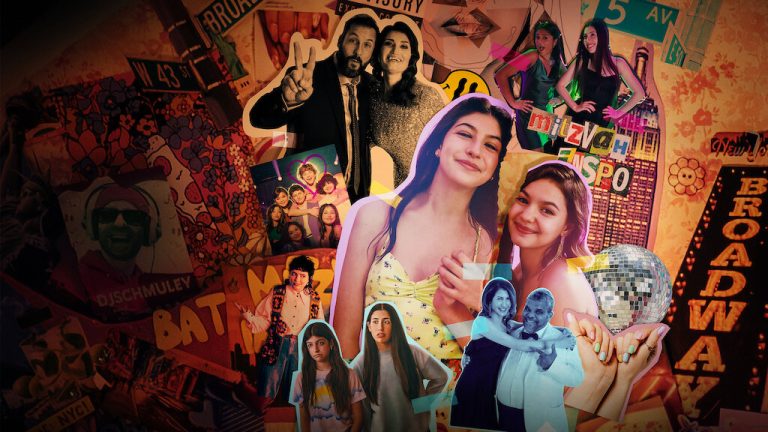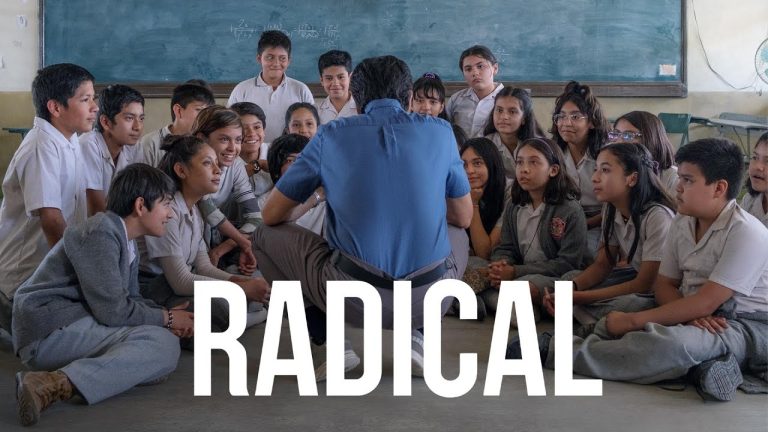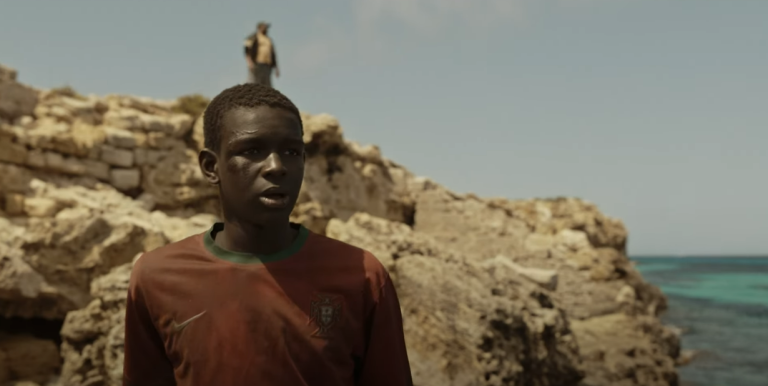
The documentary “Dario Argento Panico” offers a heartfelt tribute to the Italian horror filmmaker, despite some common frustrations found in artist profiles. Director Simone Scafidi could ask more follow-up questions, but the interviews are rich with insights about Argento. Interviewees discuss his influence on style and the personal factors shaping his work.
Scafidi doesn’t challenge his interviewees much, and some clips with filmmakers like Gaspar Noe and Nicolas Winding Refn lack insight. However, the documentary offers valuable analyses from Argento’s family members and longtime collaborators like Floriana (his sister), Asia and Fiore (his daughters), Lamberto Bava, and Michele Soavi.

Scafidi briefly touches on connections between Argento and his mother, photographer Elda Luxardo, but doesn’t explore them further. Argento and his relatives mention that watching Luxardo work likely had a significant impact on him.
Asia makes pointed comments about the connection between Argento’s personal life and his horror films, particularly regarding his mother, photographer Elda Luxardo. She suggests that Luxardo may have suppressed her sadness after giving up photography to care for her children. Asia illustrates this by recalling instances where her grandmother refused to take family photos. Argento also mentions being inspired by his mother’s focus on the female figure. However, Scafidi doesn’t delve deeper into connecting Argento’s early influences with his cinematic themes.

“Dario Argento Panico” targets film enthusiasts, assuming viewers are familiar with Argento’s work. References like Refn being influenced by Argento’s use of electronic music in “Tenebrae” may not be meaningful to everyone. Noe’s comment about Argento’s thrill factor being “neither nonsexual nor necessarily sexual” might also be confusing without context from Argento’s films. The documentary seems to cater primarily to those already acquainted with Argento’s movies.
“Dario Argento Panico” thrives on implied connections, much like Argento’s own work. The documentary explores various topics, including Argento’s collaboration with his ex-partner Daria Nicolodi and the perceived creative decline after “Opera” in 1987. However, opinions on this creative dip vary, and biases may influence individual perspectives.

Scafidi’s film mirrors his urge to explore all angles of Argento and his work. It covers a lot of ground quickly, keeping viewers engaged with short, punchy soundbites and entertaining archival footage of Argento, whose fame as a horror filmmaker is taken for granted.
“Dario Argento Panico” exceeds expectations for a retrospective documentary because of Scafidi’s deep commitment to his subjects. He honors Argento by assembling a diverse range of personalities, allowing their perspectives to guide viewers through the narrative. Like Argento, Scafidi demonstrates a genuine affection for his characters, highlighting their individual experiences to enrich our understanding of their voices and insights.

Scafidi’s documentary is most engaging when interviewees, especially Asia, delve into their diverse viewpoints on Argento’s films. It’s refreshing to hear Asia discuss her father’s movies beyond just the ones she’s acted in. However, the film may struggle to attract viewers beyond dedicated Argento fans, as it focuses more on prevailing theories about Argento rather than directly exploring his films.
It’s nice to see Scafidi prioritize in-depth testimonials over just highlighting the snappiest moments. However, he faces challenges due to resource limitations. Scafidi effectively utilizes extended discussions with Argento and his loved ones, allowing them to speak freely. The documentary leaves much for viewers to interpret and decide for themselves.

| Aspect | Summary |
|---|---|
| Tribute | Offers a heartfelt tribute to Italian horror filmmaker Dario Argento despite some common frustrations. |
| Interview Insights | Provides rich insights into Argento’s style and personal influences. |
| Interview Challenges | Could ask more follow-up questions; some clips lack depth, especially those with Gaspar Noe and Nicolas Winding Refn. |
| Valuable Analyses | Features valuable analyses from Argento’s family members and collaborators. |
| Mother Connections | Touches briefly on connections between Argento and his mother, Elda Luxardo. |
| Asia’s Perspective | Asia provides insightful commentary on the connection between Argento’s personal life and his films. |
| Target Audience | Primarily targets film enthusiasts familiar with Argento’s work. |
| Implied Connections | Thrives on implied connections, exploring various aspects of Argento’s life and work. |
| Themes Exploration | Explores themes such as Argento’s collaborations and creative decline. |
| Subject Engagement | Demonstrates deep commitment to subjects, allowing their perspectives to guide the narrative. |
| Asia’s Insights | Asia’s insights add depth, going beyond her own involvement in her father’s films. |
| Limitations | May struggle to attract viewers beyond dedicated Argento fans due to its focus on theories rather than direct exploration of his films. |
| Testimonial Prioritization | Prioritizes in-depth testimonials over just highlighting the most exciting moments. |
| Viewer Interpretation | Leaves much for viewers to interpret, fostering engagement with the subject matter. |

